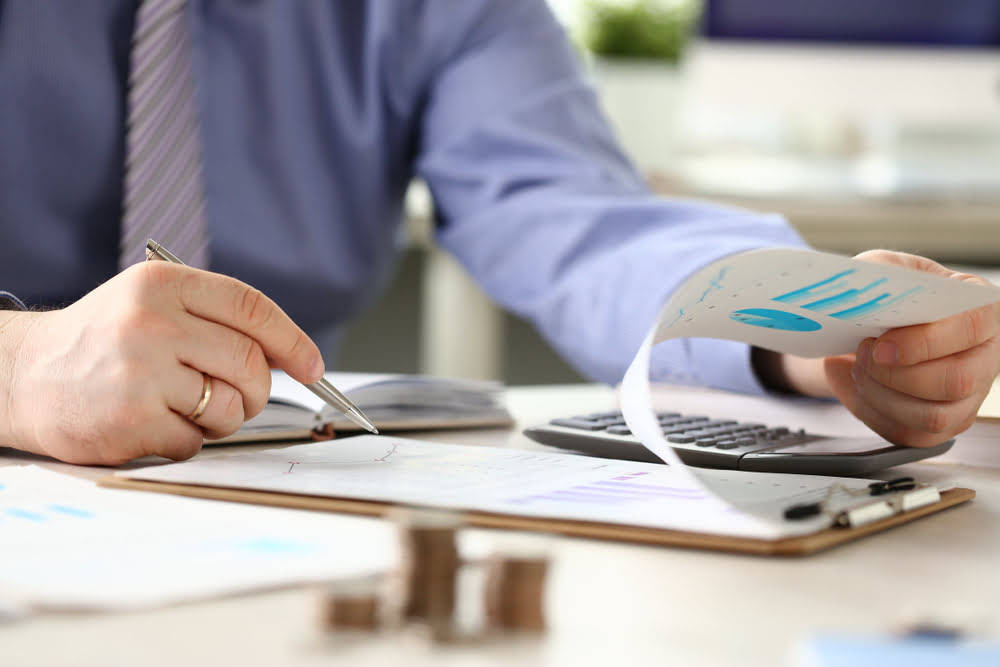
However, income from cancellation of debt is not taxed in certain situations. The $48,000 gain from the sale of your home is not taxable if you meet the requirements explained later under Sale of your home. An owner is any person who owns an interest in the timber, including a sublessor and the holder of a contract to cut the timber. You own an interest in timber if you have the right to cut it for sale on your own account or for use in your business.

Declining Balance

It has a CCA rate of 55%, reflecting the faster obsolescence income summary and technological advancements in the computer industry. A fixed asset such as software or a database might only be usable to your business for a certain period of time. Asset needs to be fully amortized by the end of the usage period. A depreciation schedule is a schedule that measures the decline in the value of a fixed asset over its usable life. This helps you track where you are in the depreciation process and how much of the asset’s value remains. Internally developed intangible assets are expensed as incurred (R&D costs).
- How it is calculated can vary depending on the type of asset and method used.
- You purchased two tractors, one from your sibling and one from your parent.
- Rather, you will gain time to earn a profit in 3 (or 2) out of the first 5 (or 7) years you carry on the farming activity.
- Your basis in the new property is $120,000 ($50,000 cash paid plus $70,000 adjusted basis in your old property), which must be allocated between the farmland and the barn.
- In this scenario, let’s consider the business purchasing a piece of equipment for $20,000 that has no salvage value and an estimated total production of 50 million units.
- Calculating depreciation accurately is essential to ensure fair financial reporting and optimal tax benefits.
- You made a down payment to purchase rental property and assumed the previous owner’s mortgage.
Accumulated Depreciation
George cannot carry over any of the costs that exceed the $1,120,000 reduced limit. The remaining cost of the machinery not allowed as a section 179 expense deduction is eligible for a depreciation expense under MACRS. For purposes of the section 179 expense deduction, only the cash paid by Adyo qualifies for the section 179 expense deduction. Adyo’s business costs that qualify for a section 179 expense deduction are $5,200.
- Your 2024 Form 943 is due by January 31, 2025 (or February 10, 2025, if you made deposits on time in full payment of the taxes due for the year).
- Using $700,000 as taxable income, XYZ’s hypothetical section 179 expense deduction is $500,000.
- When converting personal property to business use, the basis for depreciation is the lesser of its fair market value at the time of conversion or its adjusted cost basis.
- The difference between the end-of-year PP&E and the end-of-year accumulated depreciation is $2.4 million, which is the total book value of those assets.
- You may need to keep records relating to the basis of property longer than the period of limitation.
- Land is not depreciable, so Nia includes only the cost of the house when figuring the basis for depreciation.
Class 54 (30%) and Class 55 (40%)
- The income Cohen receives from the cotton farm is included in Cohen’s self-employment earnings.
- You have adopted a method of accounting if you used the same incorrect method of depreciation for two or more consecutively filed returns.
- Failing to depreciate eligible assets leads to lost tax deductions, increasing taxable income.
- However, see Immature livestock under When Does Depreciation Begin and End, later, for a special rule.
- If you make this choice, you figure the gain or loss by comparing the adjusted depreciable basis of the GAA with the amount realized.
- Errors in depreciation calculations, such as using the wrong recovery period or method, can lead to under- or over-reporting deductions.
A taxable exchange is one in which the gain is taxable or the loss is deductible. A taxable gain or deductible loss is also known as a recognized gain or loss. If you receive property in exchange for other property in a taxable exchange, the basis of property you receive is usually its FMV at the time of the exchange. A taxable exchange occurs when you receive cash or property not similar or related in use to the property exchanged.
- You can deduct reasonable wages or other compensation you pay to your child for doing farmwork if a true employer-employee relationship exists between you and your child.
- The amount you receive includes any money plus the value of any property you receive, minus any expenses you have in obtaining reimbursement.
- You trade a tract of farm land with an adjusted basis of $3,000 for a tractor that has an FMV of $6,000.
- Although some expenses are not deductible as soil and water conservation expenses, they may be deductible as ordinary and necessary farm expenses.
- This provides a complete picture of the revenue generation transaction.
- If you choose to deduct a standard meal allowance rather than the actual expense, you don’t have to keep records to prove amounts spent for meals and incidental items.

This results in only half of the first year’s depreciation being deductible. If more than 40% of total depreciable assets purchased in a year are placed in service during the last three months, the mid-quarter convention applies instead. This rule prevents businesses from making large purchases late in the year to maximize deductions. Proper asset classification https://www.zionstrategy.com/1-8-the-accounting-cycle-financial-and-managerial/ is crucial for accurate financial reporting and tax efficiency.

It is best for assets that quickly lose value after purchase, allowing businesses to write off a larger portion of their value early on in their useful life and less in the later years. Thus, the yearly depreciation expense will decrease over time. Depreciation expense represents a genuine reduction in the value of the asset being depreciated across depreciable assets a given accounting period. The Internal Revenue Service (IRS) allows companies to capture the tax benefits of this depreciation amount over the course of the asset’s life. Claiming this depreciation expense reduces taxable income for the company across the asset’s useful life. Even though it’s a non-cash expense, it helps reduce taxable income.
